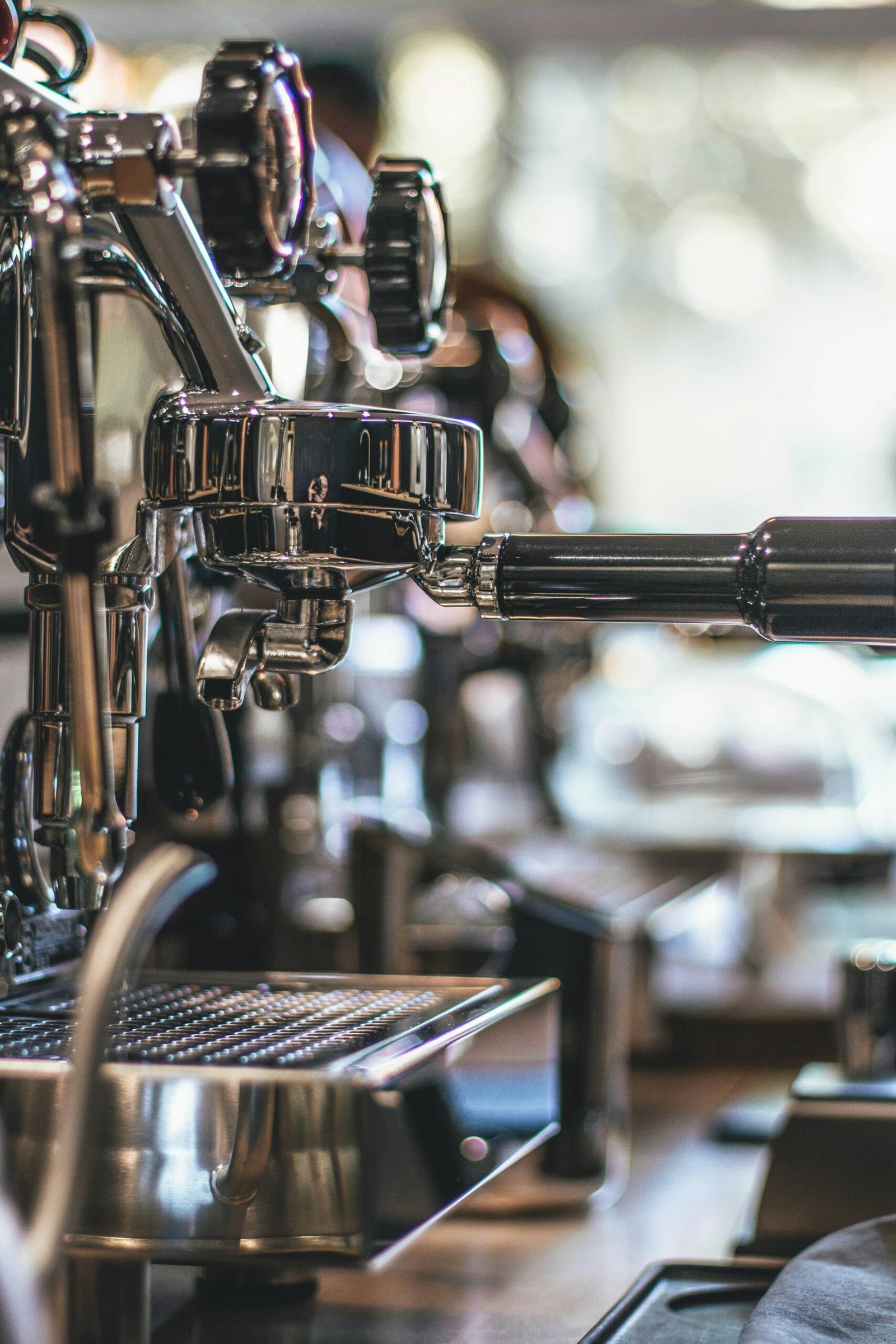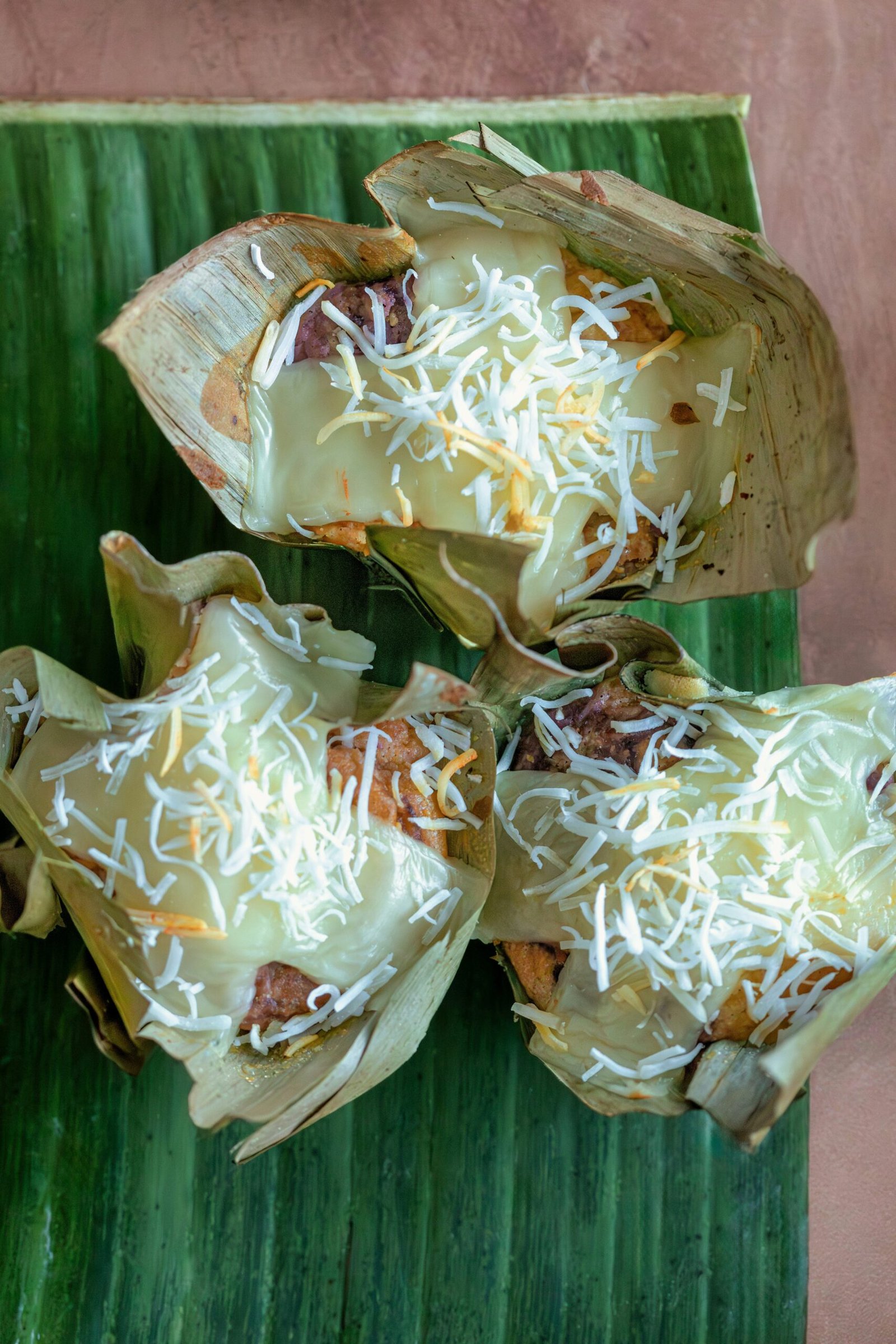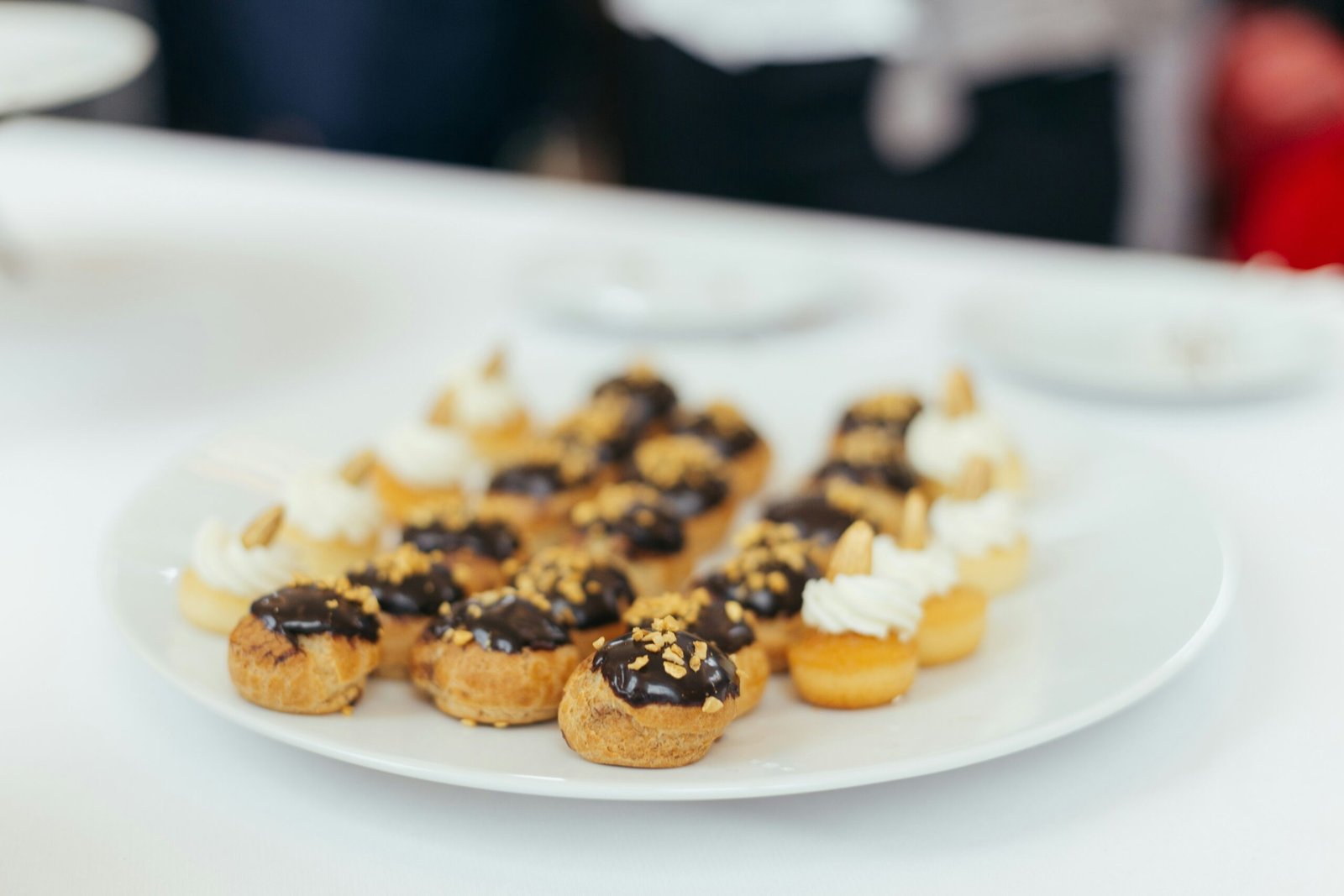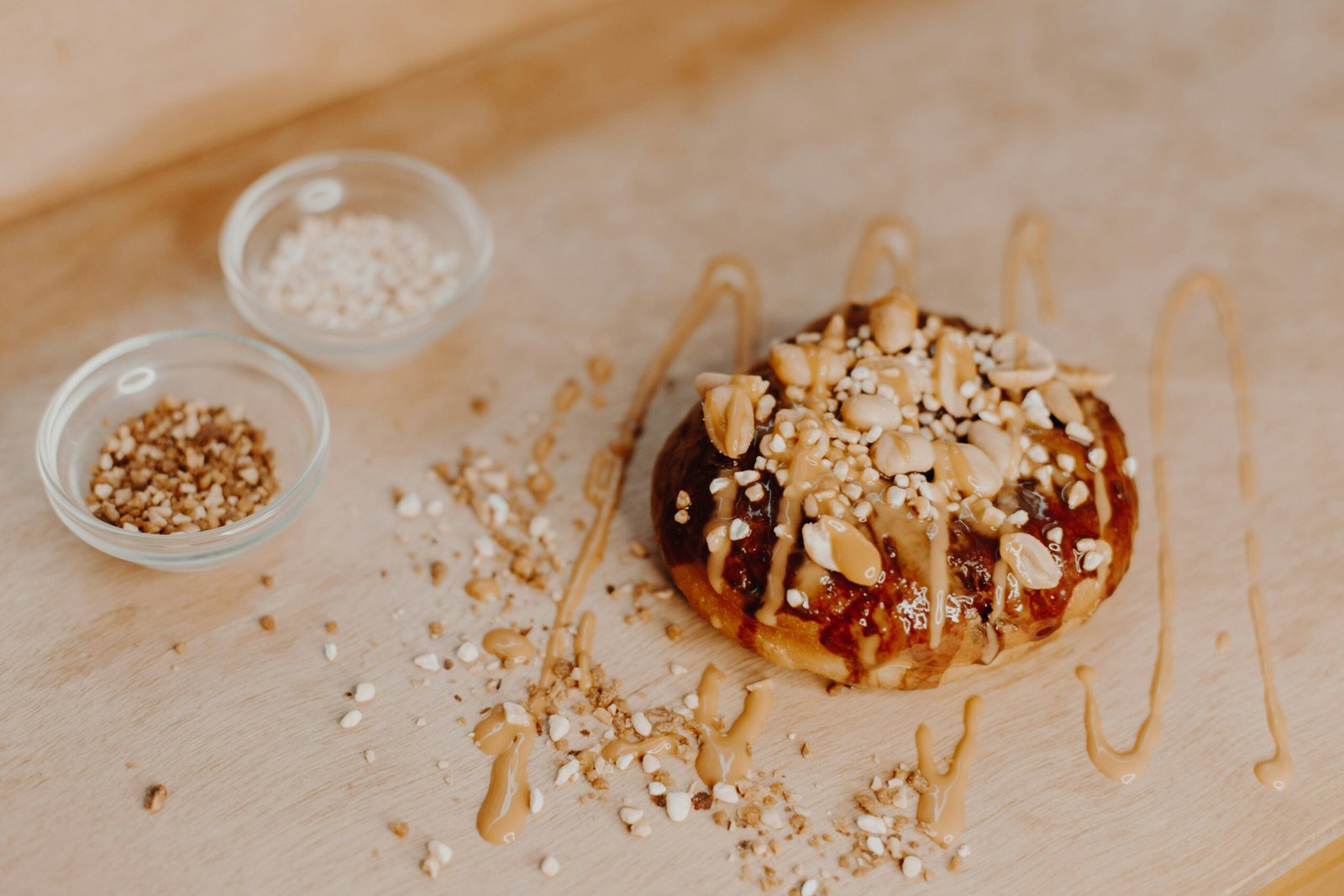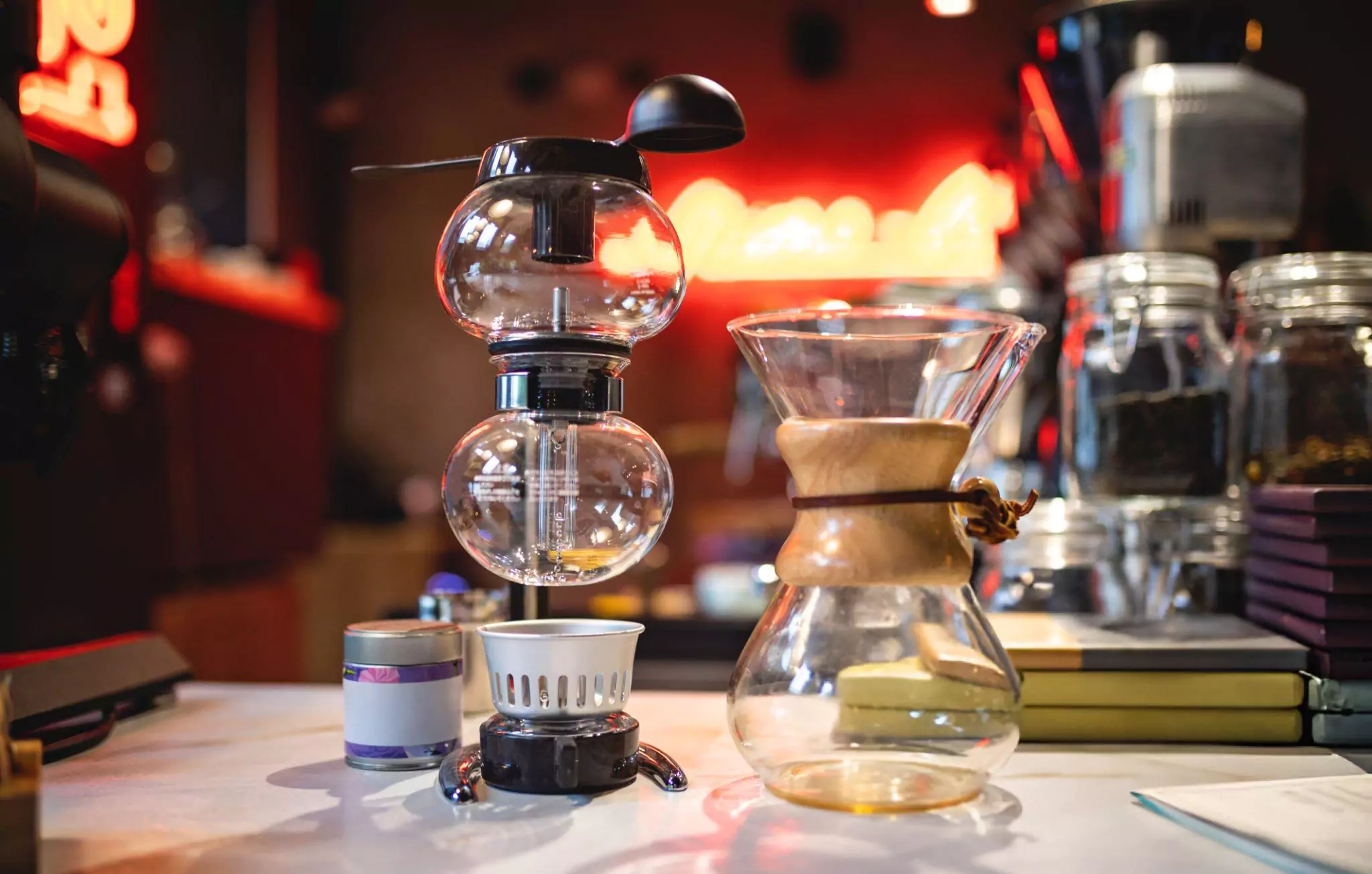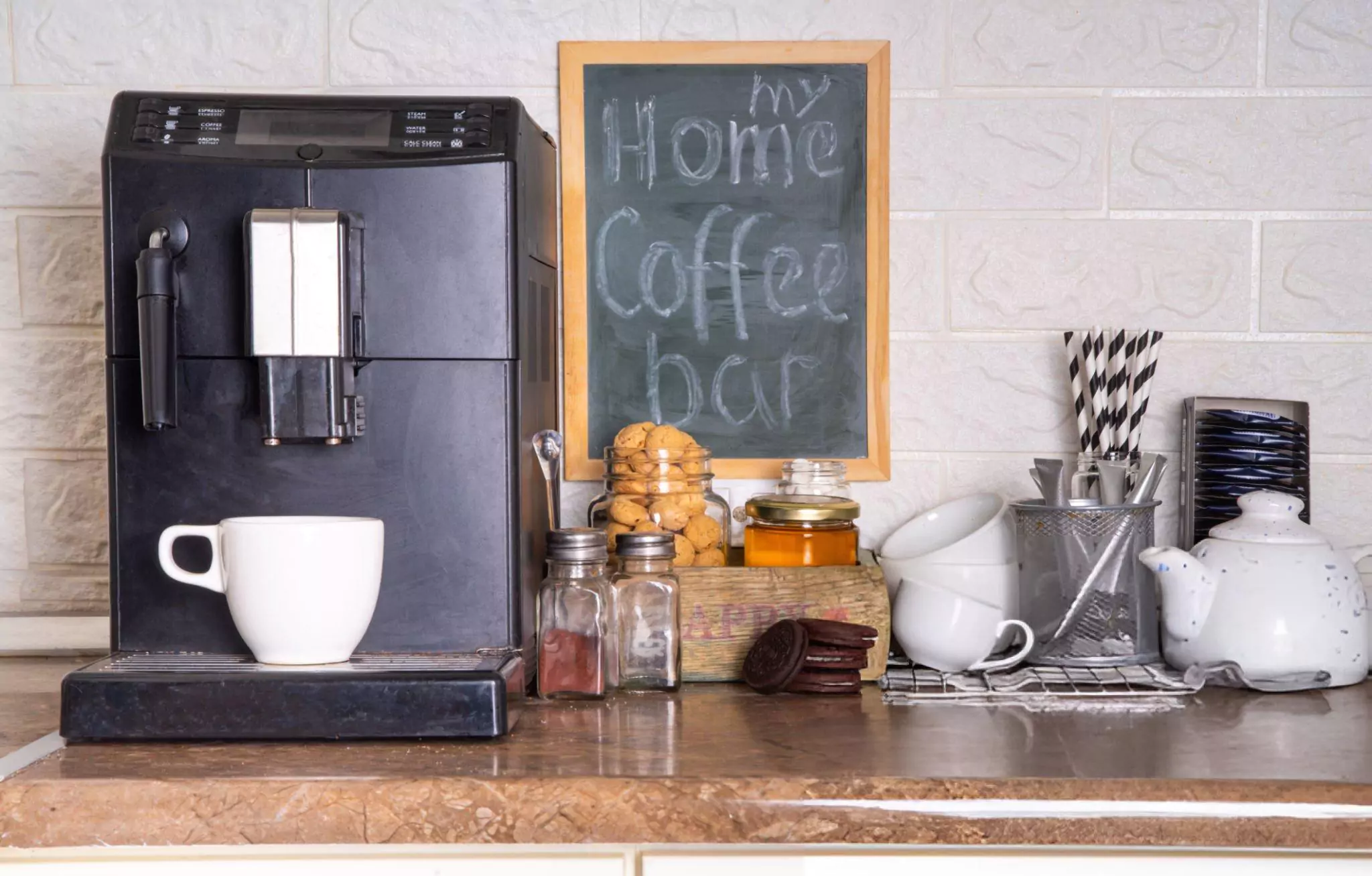Introduction to Home Brewing
In recent years, home brewing has gained significant traction among coffee enthusiasts, transforming the way many people enjoy their daily cup of joe. The convenience of brewing coffee at home allows individuals to explore a vast array of flavors and brewing methods, catering to personal preferences and tastes. This trend not only provides a more tailored coffee experience but also offers substantial cost savings compared to purchasing specialty coffee from cafés.
One of the primary benefits of brewing coffee at home is the remarkable opportunity for customization. From selecting the type of coffee beans to adjusting the brewing time and water temperature, home brewers have full control over the entire process. This level of engagement allows coffee lovers to experiment with different roasts and brewing techniques, discovering flavors that resonate with their unique palate. As a result, many individuals find joy in transforming their coffee-making routine into a creative art form.
Moreover, the allure of home brewing extends beyond mere cost-effectiveness and personalization. By brewing coffee at home, drinkers can gain a deeper appreciation for quality and freshness. With the ability to choose high-quality, ethically sourced beans, home brewers can ensure that their coffee not only tastes better but also supports sustainable practices. Additionally, brewing methods such as pour-over, French press, or cold brew can significantly impact the flavor profile, providing coffee aficionados a plethora of options to explore.
Throughout this guide, readers will be introduced to various brewing techniques, essential gear, and practical tips for creating the perfect cup of coffee at home. As we delve deeper into the world of home brewing, it is important to remember that this journey is as much about enjoying the process as it is about savoring the final product. By the end of this blog post, you will be well-equipped to embark on your own home brewing adventure, enhancing your daily coffee ritual.
Understanding Coffee Basics
Brewing the perfect cup of coffee at home starts with a foundational understanding of several key concepts that significantly impact flavor. Among these, grind size, water temperature, and brewing time stand out as critical factors that can enhance or detract from your coffee experience.
Firstly, grind size plays a pivotal role in coffee extraction. Different brewing methods require different grind sizes, ranging from coarse for French press to fine for espresso. A consistent grind size ensures even extraction and balanced flavor. When the grind size is too fine, it can lead to over-extraction, resulting in a bitter taste, while too coarse can cause under-extraction, leading to a sour or watery flavor. Beginners are encouraged to experiment with grind sizes to find the ideal match for their chosen brewing method.
Secondly, water temperature is another vital element. The ideal range for brewing coffee typically falls between 195°F to 205°F (90°C to 96°C). If the water is too hot, it can extract undesirable bitter compounds, while water that is not hot enough may fail to extract all the flavorful oils from the coffee grounds. Monitoring water temperature during brewing is crucial, and especially for beginners, using a thermometer can help ensure these critical parameters are met.
Finally, brewing time varies depending on the method used, influencing the strength and flavor profile of the coffee. For instance, a French press requires about four minutes, while an espresso needs only around 30 seconds. Understanding the optimal brewing duration for your chosen method allows you to adjust according to your taste preferences. By experimenting with these variables—grind size, water temperature, and brewing time—new coffee enthusiasts can discover personalized brewing techniques that elevate their overall coffee experience.
Choosing the Right Coffee Beans
Selecting the right coffee beans is fundamental to brewing an exceptional cup of coffee at home. The first step in this process is to understand the different types of coffee beans available, primarily arabica and robusta. Arabica beans, known for their smoother and more nuanced flavor profiles, are often considered the premium choice among coffee enthusiasts. In contrast, robusta beans tend to have a stronger, more bitter taste and are higher in caffeine. Depending on your flavor preferences, choosing between these two varieties can significantly influence your brewing experience.
When examining coffee beans, paying attention to the label is critical. Look for details such as the origin of the beans, which can provide insights into their flavor profiles influenced by the climate and soil conditions of the growing region. Single-origin coffees are sourced from a specific location and can offer unique taste characteristics, whereas blends combine beans from various origins to create a balanced flavor. Moreover, it’s essential to consider the roast level, which ranges from light to dark. Light roasts maintain more of the beans’ original flavors and acidity, while dark roasts produce a more robust flavor with deeper, bolder notes.
For optimal freshness, purchasing coffee from local roasters or reputable online outlets is highly recommended. Local roasters often provide freshly roasted beans, allowing you to experience the full spectrum of flavors that coffee has to offer. Additionally, inquire about roast dates, as coffee loses its freshness over time. By selecting high-quality coffee beans with the right characteristics, you set the foundation for brewing the perfect cup of coffee at home, allowing you to savor each sip while appreciating the complexities behind this beloved beverage.
The Pour-Over Method Explained
The pour-over method is a popular and straightforward technique for brewing coffee that allows for greater control over the extraction process. To begin, you will need some essential equipment. The primary tools required include a pour-over brewer, such as a Chemex or a V60, a coffee filter, a kettle (preferably one with a gooseneck for precision), and a coffee grinder. These tools are critical in achieving the desired flavor and quality of your coffee.
When it comes to coffee grind size, a medium-fine grind is generally recommended for pour-over brewing. This consistency allows for optimal extraction, striking a balance between too coarse, which can lead to under-extraction, and too fine, which may result in over-extraction. Aim for a grind texture similar to granulated sugar for the best results.
The water temperature plays a crucial role in brewing. Ideally, the temperature should fall between 195°F and 205°F (90°C to 96°C) to ensure proper extraction of flavors from the coffee grounds. Water that is too hot can scorch the coffee, while water that is not hot enough can produce a weak brew. It is advisable to use a thermometer for accuracy or let boiled water sit for about 30 seconds before pouring.
As for brewing times, a total time of 3 to 4 minutes is typically recommended. Begin by pouring a small amount of hot water over the coffee grounds to allow for blooming. This step releases carbon dioxide and enhances flavor. After blooming for about 30 seconds, slowly pour the remaining water in a circular motion over the coffee. This technique ensures even saturation of the grounds, optimizing extraction.
Mastering the pour technique is essential for achieving the best cup. Pour steadily and avoid pouring directly in one spot. Instead, let the water flow over the entire surface of the coffee grounds. With practice, you will refine your method and start enjoying consistently flavorful cups of pour-over coffee.
Mastering the French Press
The French press is a popular brewing method that offers coffee aficionados a chance to experience rich and full-bodied flavors. To start, the essential tools required for brewing coffee with a French press include a French press brewer, fresh coffee beans, a grinder, a kettle for boiling water, and a timer. Having these tools on hand will ensure a smooth brewing experience.
To achieve optimal results, pay attention to the grind size of the coffee beans. A coarse grind is ideal for the French press, as this allows for full extraction while preventing the coffee from becoming overly bitter. The general recommendation is to use a coffee-to-water ratio of about 1:15, meaning for every one gram of coffee, you would use 15 grams of water. This ratio can be adjusted depending on personal taste preferences.
Water temperature is another crucial factor. Using water that is too hot, typically above 200°F (93°C), can extract excessive bitterness from the grounds. Conversely, water that is too cool may not extract enough flavor. The ideal temperature for brewing with a French press is between 195°F to 205°F (90°C to 96°C). After boiling, let the water sit for about 30 seconds to reach the perfect temperature before pouring it over the coffee grounds.
The brewing time is typically around four minutes. Once the four minutes have elapsed, gently press the plunger down to separate the coffee grounds from the liquid. It is essential to serve the coffee immediately to preserve its flavor profile. The French press produces a unique brew characterized by a full-bodied texture and aromatic richness, perfect for coffee enthusiasts. To fully enjoy your French press coffee, ensure to avoid common mistakes such as using fine grounds, over-extraction, or letting the coffee sit for too long.
AeroPress: A Versatile Brewing Tool
The AeroPress is a popular brewing device favored by both amateur coffee enthusiasts and seasoned baristas for its versatility and ease of use. Designed with simplicity in mind, the AeroPress allows individuals to explore different brewing techniques and flavor profiles. To begin utilizing this innovative tool, one must gather the necessary equipment: an AeroPress, a coffee grinder, a kettle, and a coffee scale. Furthermore, a good quality coffee filter and a mug are essential for the complete brewing setup.
When it comes to coffee grind size, the AeroPress works best with a medium-fine to fine grind. This granularity resembles table salt, allowing for optimal extraction and flavor. Experimenting with different grind sizes may yield varying coffee profiles, so it is advisable to trial multiple settings until the desired taste is achieved. Once the coffee is ground, the next step involves heating water to the ideal temperature. Generally, a water temperature range of 175°F to 205°F (80°C to 96°C) is recommended for AeroPress brewing. Using water that falls within this range will enhance the flavor and prevent over-extraction.
To brew coffee with the AeroPress, start by placing a filter in the cap and rinsing it with hot water. Then, add approximately 15-20 grams of freshly ground coffee into the AeroPress chamber. Following this, pour about 240ml of hot water over the coffee grounds, ensuring all grounds are saturated. Stir the mixture gently to encourage extraction, and then insert the plunger. This process should take approximately two to three minutes. By controlling variables such as the coffee-to-water ratio, brew time, and water temperature, users can create various styles of coffee, from an espresso-like concentrate to a lighter brew.
In conclusion, the AeroPress is a remarkable brewing tool that offers flexibility and enables enthusiasts to experiment with different brewing methods, thus enhancing their coffee-making journey at home.
Comparing Brewing Methods
When it comes to brewing coffee at home, the choice of method can significantly influence the flavor profile, convenience, and overall experience. Three popular brewing methods stand out: pour-over, French press, and AeroPress. Each method possesses unique characteristics that cater to different preferences and lifestyles.
The pour-over method is renowned for its ability to highlight the subtle flavors of coffee. This technique allows for precise control over the brewing time and water temperature, leading to a cup of coffee that is often more vibrant and nuanced. However, it does require some practice and a keen eye for detail, which may pose a challenge for beginners. While the process can be time-consuming, many coffee enthusiasts appreciate the craftsmanship involved in creating a well-brewed pour-over.
On the other hand, the French press is lauded for its simplicity and bold flavor. This method immerses coffee grounds in hot water, extracting rich oils and delivering a fuller-bodied taste. While it is straightforward to use, the French press can introduce sediment into the final brew, which some may find undesirable. Furthermore, achieving the perfect steeping time is vital, as over-extraction can lead to bitterness. For those who prioritize taste and do not mind a bit of sediment, the French press remains a beloved option.
Finally, the AeroPress offers a unique blend of convenience and flavor. This compact brewing device is celebrated for its portability and speed, producing a delicious cup of coffee in under two minutes. The AeroPress allows users to experiment with various parameters, such as brew time and grind size, resulting in a customizable experience. While it may not provide the same depth of flavor as the pour-over or French press, it is an excellent choice for those seeking a quick and efficient way to enjoy coffee at home.
Ultimately, the right brewing method will depend on individual preferences in terms of flavor, convenience, and ease of use. By understanding the strengths and weaknesses of each approach, beginners can confidently select the coffee brewing method that best aligns with their tastes and lifestyle.
Common Coffee Brewing Mistakes
Brewing coffee at home can be a rewarding experience, but many beginners encounter common pitfalls that result in subpar cups. One frequent mistake is using the wrong grind size. The grind should be tailored to the brewing method; for example, a coarse grind is ideal for French press, while a fine grind works better for espresso. Utilizing the incorrect size can lead to over-extraction or under-extraction, significantly impacting the flavor profile. To avoid this mistake, it’s essential to invest in a good coffee grinder and experiment with grind sizes to determine what works best for your preferred brewing method.
Another prevalent error is brewing coffee with water that is either too hot or too cold. The ideal water temperature for brewing coffee typically ranges between 195°F to 205°F (90°C to 96°C). Water that is too hot can scorch the coffee, resulting in a bitter taste, while water that is too cool may not extract the full flavor, leading to a bland cup. Therefore, employing a thermometer or a kettle with temperature control can help maintain the optimum brewing temperature.
Additionally, brewing coffee for too long can also spoil the drink. Each brewing method has an optimal contact time between coffee grounds and water. For instance, a French press generally requires around four minutes, whereas espresso takes about 25-30 seconds. Exceeding these recommended brewing times may result in an overly bitter or astringent taste. To ensure a balanced flavor, using a timer can help keep track of the brewing duration accurately.
By understanding these common mistakes, beginners can refine their coffee brewing technique and enhance their overall coffee experience. Paying attention to grind size, water temperature, and brewing time are crucial steps toward achieving the perfect cup of coffee at home.
Brew Coffee Like a Barista: Advanced Tips
For those looking to elevate their coffee-making skills, mastering the intricacies of brewing can make a significant difference. One of the essential techniques to consider is the importance of bloom time. Blooming coffee grounds involves initially adding a small amount of hot water to allow carbon dioxide to escape. This process is particularly significant for freshly roasted coffee, as it enhances flavor extraction. Aim for a bloom time of 30 seconds before proceeding with the rest of your brewing process. This simple yet effective step can result in a cup that is more aromatic and flavorful.
In addition to understanding blooming, precision in measurement cannot be overstated. Using a scale to weigh both coffee and water ensures consistency and enhances your ability to recreate the perfect cup. A general guideline is to use a coffee-to-water ratio of 1:16, though this can be adjusted based on personal preference. By weighing your coffee, you can avoid the common pitfall of guesswork, leading to a more controlled and enjoyable brewing experience. Consider investing in a digital scale that measures both weight and time; this can aid in refining your technique further.
Experimentation with water-to-coffee ratios is equally crucial for those seeking the perfect brew. Adjusting this ratio can dramatically alter your coffee’s flavor profile. If your coffee tastes weak, try decreasing the water amount slightly. Conversely, if it tastes too strong, add more water. This experimentation allows you to customize the brew according to your specific taste preferences. Remember that various factors, such as grind size, water temperature, and brewing time, also influence the final flavor. Embrace these variables in your brewing practice, and you may find a combination that resonates with your palate.
Conclusion: Enjoying Your Perfect Cup
Brewing the perfect cup of coffee at home is not merely a process but a delightful journey that invites creativity and personal expression. As we have explored throughout this guide, several key factors contribute to achieving that ideal brew. From selecting high-quality coffee beans to mastering the brewing techniques and settings, each step plays a pivotal role in the overall flavor and experience of your coffee. The importance of using fresh ingredients and maintaining a clean brewing environment cannot be understated; these elements significantly influence the taste and aroma of your final cup.
Furthermore, personal preference is essential in shaping your coffee routine. Whether you prefer a bold espresso or a light filter coffee, allowing your taste to guide you will lead to greater satisfaction. Experimenting with different brewing methods, such as French press, pour-over, or cold brew, can unveil new flavor profiles and delightful nuances that elevate your coffee experience. Understanding the intricacies of grind size, water temperature, and brewing time can also empower you to customize each cup to your liking.
As you embark on or continue your coffee brewing adventure, remember that practice is crucial. Making adjustments and honing your technique over time will undoubtedly enhance your skills. Do not hesitate to share your experiences, techniques, and tips with fellow coffee enthusiasts. Building a community around coffee brewing can provide invaluable insights and foster a deeper appreciation for this rich and complex beverage. Ultimately, the perfect cup of coffee is not just about the destination; it is about relishing the journey, experimenting, and finding what resonates with your unique palate. So grab your favorite beans and begin crafting your perfect cup today!

